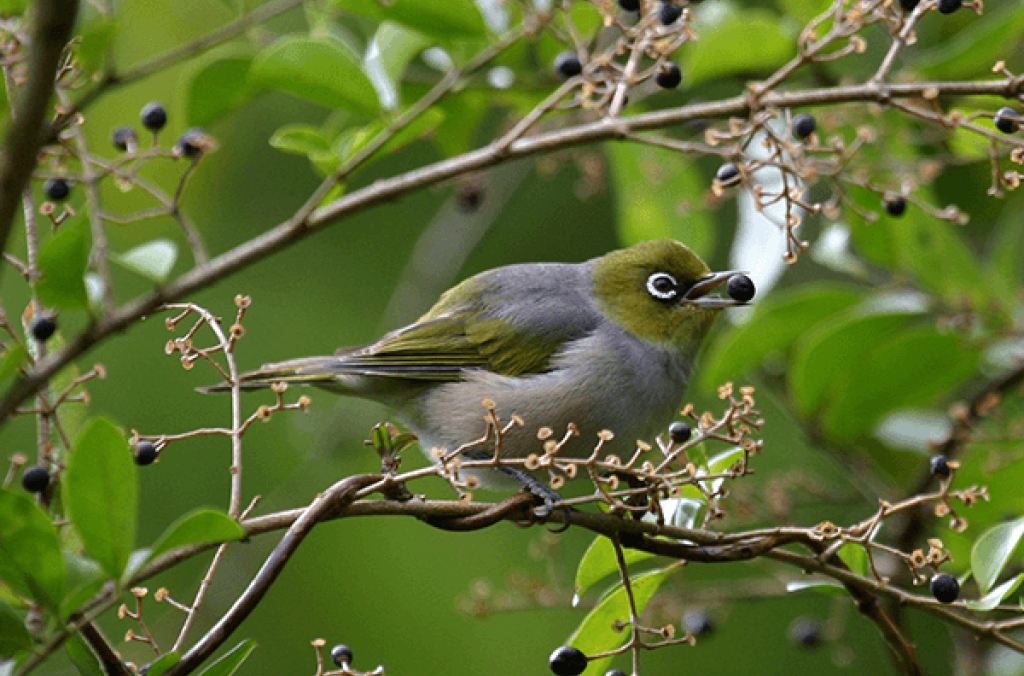Is that the end of Lantana in the Park?
Although mature stands of Lantana have been removed from natural areas of Sydney Olympic Park, ongoing management is required. Birds that feed on Lantana elsewhere and visit the Park will re-introduce this weed of national significance. Regular weed sweeps must continue to prevent any sprouting seedlings from reaching maturity.



